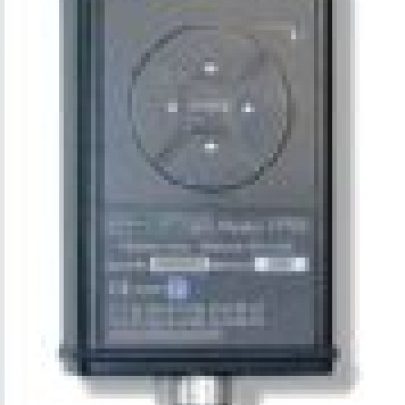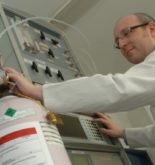threat to people, equipment and facilities.
The global importance of the SIL standard has grown substantially in the
oil/gas, petrochemical and other process industries over the last 10 years in response to the development of safety equipment designed with next-generation electronics. SIL is a measure of process safety system
performance, in terms of probability of failure on demand (PFD). This convention was chosen because it is easier to express the probability of failure rather than that of proper performance. There are four discrete integrity levels associated with SIL: SIL 1, SIL 2, SIL 3, and SIL 4.
The higher the SIL level, the higher the associated safety level, and the lower probability that a system will fail to perform properly. As the SIL level increases, typically the installation and maintenance costs and complexity of the system also increase. The S4000C Detector is a hydrocarbon gas detector that is suitable for SIL Level 3 applications and is FM, CSA, ATEX, CE Marking and GOST approved. It features a
three-digit display and an explosion-proof housing, which allows all data to be processed locally at the sensor site. The S4000C is also available with an optional relay configuration that is appropriate for SIL Level 2 processes.
With its highly reliable catalytic bead sensor, the S4000C Detector monitors combustible gas and vapors within the lower explosive limit (LEL) and provides status indication and alarm outputs. When the sensor detects gas, it initiates a 4-20mA alarm signal that is proportionate to the 0 to 100% LEL gas concentration present and communicates the alarm notification to the safety system.
Designed for the European community, the S4100C Detector is a hydrocarbon gas detector that is suitable for SIL Level 3 applications and is ATEX, CE Marking, GOST and Kazakhstan approved. It features a
three digit display and an explosion-proof housing, which allows all data to be processed locally at the sensor site. The S4100C also features a highly reliable catalytic bead sensor. It is designed to
measure and display concentrations of combustible gases in the 0-100% LEL range, but will continue to display concentrations up to 120% LEL. The sensing element may be incorporated in the transmitter housing or
remotelymounted at distances of 600meters.



